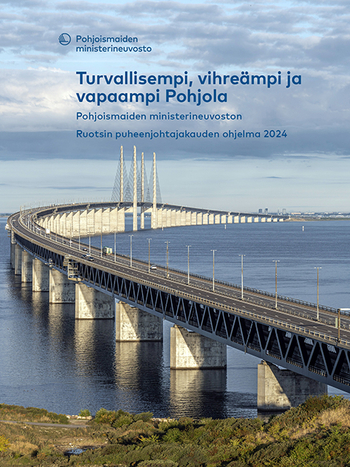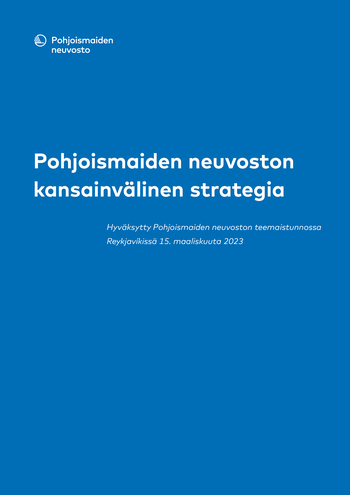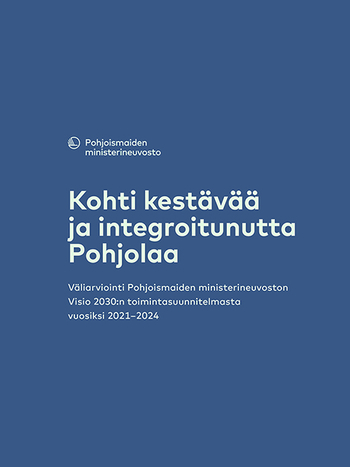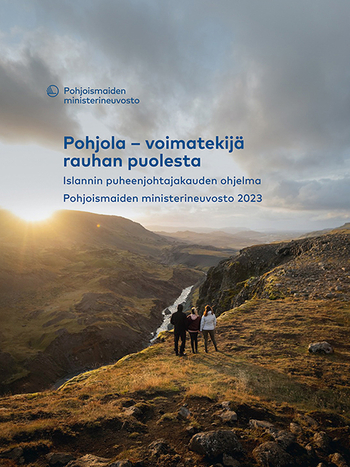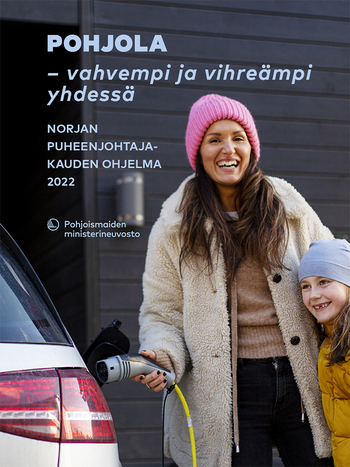Action Plan for the Conservation of the Faroese Horse
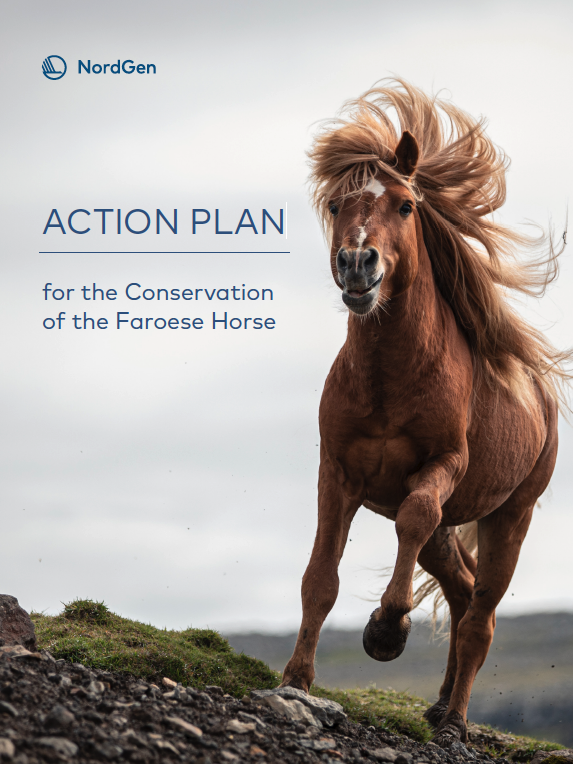
Tietoja
Publish date
Abstract
Horses were brought to the Faroe Islands by Norse settlers in the 9th and 10th centuries. Over the centuries, the geographical remoteness in the North Atlantic Ocean forced these horses to adapt to their surroundings. Only the horses that could withstand the weather survived, and the Faroe Islands became home to a horse breed that was small, strong, hardy, and agile. The small horses were used by farmers for agricultural purposes and occasionally for transport between villages. Most of them roamed the mountains all year and no targeted breeding took place. The oldest record available of horses on the Faroe Islands is from 1857, which counted 844 horses with 396 mares, and 476 foals and stallions.Exportation of the horses to coal mines in Britain combined with modernization of the agriculture on the Faroe Islands, resulted in a breed that nearly went extinct. By the 1960s, there were less than ten horses of the breed left alive. A rescue operation was initiated, and suitable horses for breeding were used, however many of them were already related. All Faroese horses alive today, are descendants of only four individual horses.In 1978, the Faroese Horse Association (Felagið Føroysk Ross) was established to conserve the Faroese indigenous horse breed and they have kept a studbook ever since. In 2018, the online pedigree registration system Føroya Fongur was created, in which online access is provided to the studbook with extensive information about the Faroese horse breed.By the end of 2023 there were 82 living Faroese horses. The breed can thank their survival to the hard work and dedication from individual horse owners and enthusiast through the years, and through the work of the Faroese Horse Association. You could say that the conservation of the Faroese horse this far is a success story as the breed has managed to survive and increase in numbers over the years. However, there are still several big challenges and threats facing this small and hardy breed. There is a critical need to act today to secure that the breed will be around for future generations as well. The Faroese horse is, after all, a living and breathing part of the Faroese cultural heritage.All Nordic countries, including the Faroe Islands, have adopted The Global Plan of Action for Animal Genetic Resources (GPA) established by FAO in 2007. This framework obligates all parties to contribute to the conservation, sustainable use and development of animal genetic resources. One of the main areas of concern expressed in the GPA, is that there is too little research and information about many of the native farm animal breeds. Increased characterization, involving phenotypic, genetic, and historical information on breeds is needed (FAO, 2007).The purpose of the Action Plan for the Conservation of the Faroese Horse is to highlight concrete actions and measures that need be implemented to conserve the horse breed for the future.
Publication number
2024:02
